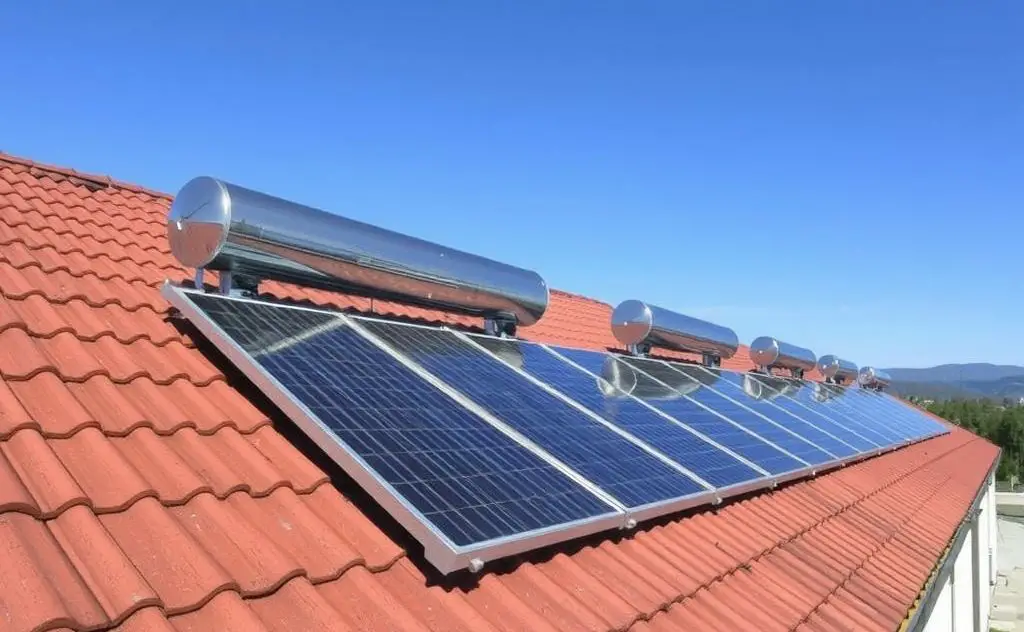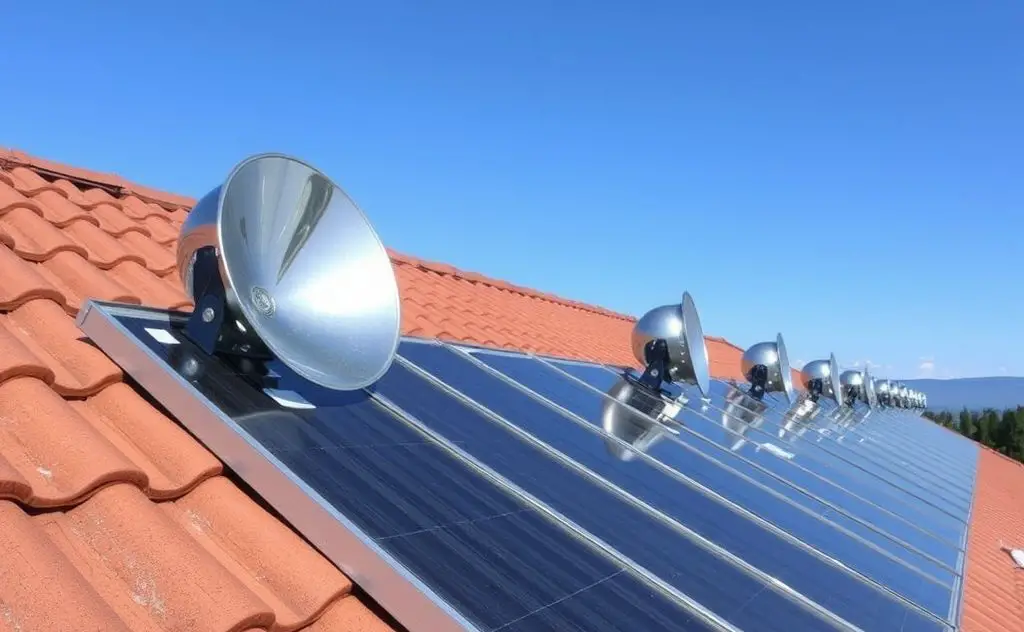Reflectors enhance solar heaters by directing and concentrating sunlight onto the collector, increasing efficiency and heat absorption for better performance.
Reflectors are game-changers for solar heating systems. These simple yet powerful components can increase heat output by over 40% while reducing energy costs. From parabolic dishes to box cookers, reflectors transform ordinary solar devices into high-performance thermal machines.

The Science Behind Solar Reflectors
Reflectors work by concentrating sunlight onto a smaller area. This creates intense heat zones where temperatures can reach 300°F or higher. The physics is simple: more sunlight equals more heat energy.
Types of Solar Reflectors
- Flat reflectors – Simple angled panels that bounce light
- Parabolic reflectors – Curved surfaces that focus light to a point
- Secondary reflectors – Additional mirrors that capture stray light
Real-World Performance Gains
A study on parabolic dish collectors showed:
| Metric | Without Reflector | With Reflector |
|---|---|---|
| Thermal Efficiency | 41.48% | 46.95% |
| Exergy Efficiency | 8.41% | 10.98% |
| CO2 Reduction | Base | +21.5% |

Key Applications of Solar Reflectors
1. Solar Water Heating Systems
Reflectors dramatically improve solar pool heaters and domestic hot water systems. They can cut heating times in half while extending the swimming season by months.
2. Solar Cooking Technology
A University study found reflectors increased solar cooker temperatures by 58°F. This enables faster cooking and better food preservation.
3. Industrial Process Heat
Factories use reflector-enhanced collectors for:
- Textile drying
- Food processing
- Chemical manufacturing
Advanced Reflector Designs
Hybrid Collector Systems
The latest systems combine:
- Primary parabolic reflectors
- Secondary conical reflectors
- Latent heat storage
This configuration achieves 63% higher output than traditional designs.
Smart Tracking Reflectors
Motorized systems follow the sun’s path using:
- GPS positioning
- Light sensors
- AI optimization algorithms
Material Considerations
Reflector performance depends heavily on materials:
| Material | Reflectivity | Durability | Cost |
|---|---|---|---|
| Anodized Aluminum | 92% | 10+ years | $$$ |
| Stainless Steel | 85% | 15+ years | $$$$ |
| Silvered Glass | 95% | 5-7 years | $$ |
For DIY projects, mylar sheets offer 90% reflectivity at low cost.
Installation Best Practices
Optimal Positioning
- Angle = latitude + 15° in winter
- Angle = latitude – 15° in summer
- South-facing in northern hemisphere
Maintenance Tips
- Clean surfaces monthly
- Check alignment quarterly
- Inspect mounts annually
Properly maintained reflectors can last decades while delivering consistent performance gains year after year.

